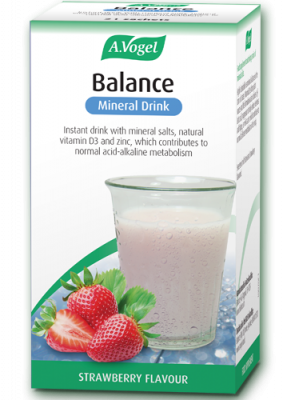Adult exercise guidelines
Current guidelines recommend that we do either 75 minutes of vigorous exercise a week, 150 minutes of moderate intensity exercise or a combination of both. You can split this time up so you are doing half an hour a day, five days a week rather than doing it all at once. Alternatively, if you have a busy routine, a couple of 1 hour sessions alongside a half hour one may be more achievable.
Vigorous activity refers to anything that gets you out of breath such as a fast paced walk, a run or a fast exercise class such as Zumba or Pilates. A moderate intensity workout could involve balance exercises such as tai chi, bowls or dance, alongside an activity that works on strength such as weights, yoga or the gym.
If you suffer from aches and pains or another health condition, however, that limits your ability to stay active I’d recommend a low impact sport such as swimming. This strengthens various muscles in the body and works on stamina.
When working out your own exercise plan, always start off small and work your way up to a more intense workout. If you do too much too soon it can cause muscle and joint pain, plus you may be put off if targets aren’t met.

Other exercise guidelines
Although 150 minutes of exercise a week will be achievable for many, it is important to note that the activity guidelines do vary a little for children, young people and older adults.
The NHS states that children under the age 5 of should never have long periods where they are inactive, except when asleep. Being in a buggy or travelling for an extended of period of time isn’t good for their health or development.1 Organised activities like swimming encourage children to be active from an early age, however, walking instead of using a buggy, reducing time spent in front of the television and lots of play all encourage children to move more too.
Older adults are more likely to suffer from mobility issues that prevent them from exercising, plus they are more likely to suffer from conditions such as osteoporosis that discourage them from exercising. It is still recommended that those over the age of 65 do 150 minutes of moderate aerobic activity a week though, such as cycling, alongside strength workouts.
Children and young people require a little more exercise than the age groups mentioned above – at least 60 minutes a day is recommended by the NHS. This could involve something as simple as playing at lunch time with friends, as well as clubs like gymnastics and football that may appeal to their individual interests.2

Activity levels in the UK
The benefits of regular exercise are well documented. It lessens the chance of developing diabetes and cardiovascular disease, aids sleep, reduces stress and even helps manage weight. It also increases energy levels and improves cognition thus allowing us to stay alert and perform better at school or at work. Despite this, however, the number of people participating in regular exercise is fairly low.
According to Sport England, just 60% of adults complete the recommended amount of physical activity each week.3 In Scotland the figures don’t fare much better with just 64% following exercise guidelines.4 In Northern Ireland a 2010 survey found that just 42% of respondents met the weekly physical activity targets5 whilst in Wales the figure is again at 64%.6
This means that many people are not achieving exercise targets that would help protect their health, so why are people unable or reluctant to do more?
Well, the research discussed above puts it down to a few things. We are too busy, we lack the energy, there isn’t the motivation to do more or, alternatively, health issues mean we are unable to stay active.

How can I exercise more?
There are lots and lots of ways you can incorporate more exercise into your daily routine. Here are my top tips:
- Walk or cycle on shorter trips instead of using your car
- Try a fun and sociable exercise class in the evenings
- Take a walk at lunch time
- Whilst at work walk to the office of your colleague’s for a chat rather than sending emails
- Take the stairs instead of lifts and escalators
- Try something new – is there a sport you’ve always fancied doing but never quite got round to it?
My Top Tip:
|
References
1 https://www.nhs.uk/Livewell/fitness/Documents/children-under-5-years.pdf
2 https://www.nhs.uk/live-well/exercise/physical-activity-guidelines-children-and-young-people/
4 https://www2.gov.scot/Topics/Statistics/Browse/Health/TrendPhysicalActivity
6 http://www.wales.nhs.uk/sitesplus/documents/888/Physical%20Activity%20infographic.pdf





 Pour one sachet of Balance Mineral Drink into a glass containing 150ml of water or milk and then stir well. The drink has a natural strawberry flavour so is both refreshing and tasty!
Pour one sachet of Balance Mineral Drink into a glass containing 150ml of water or milk and then stir well. The drink has a natural strawberry flavour so is both refreshing and tasty!


